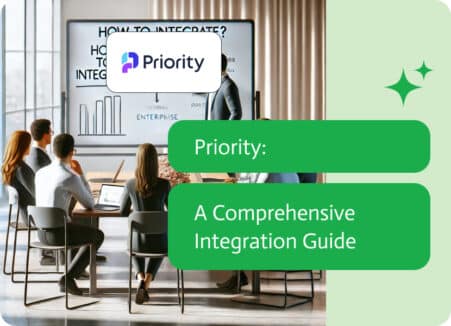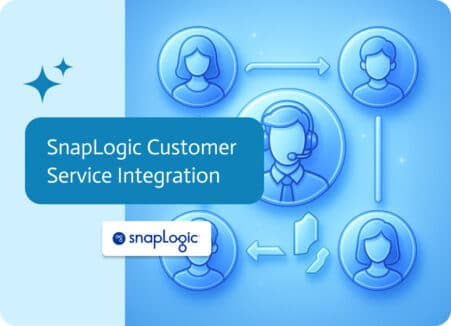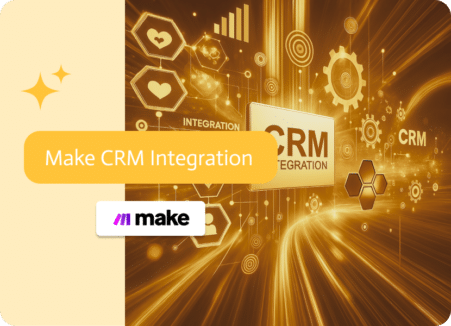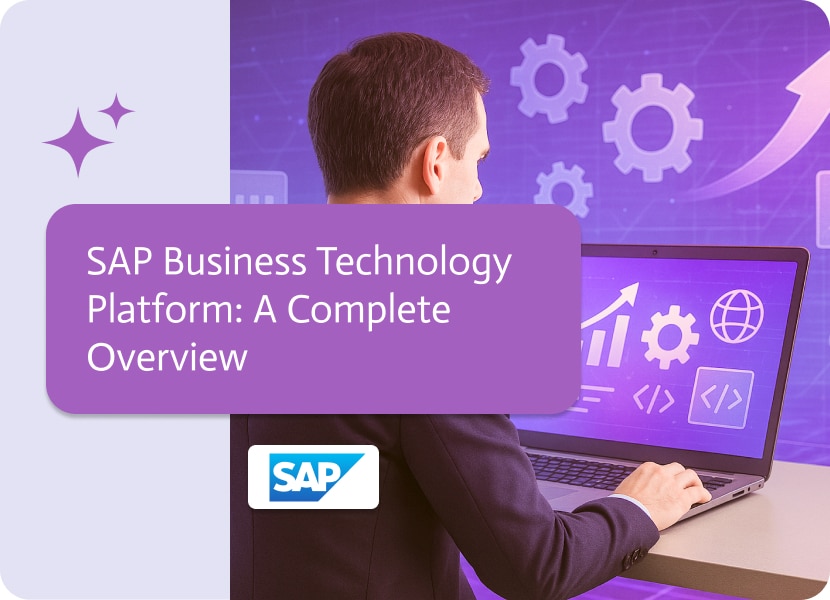
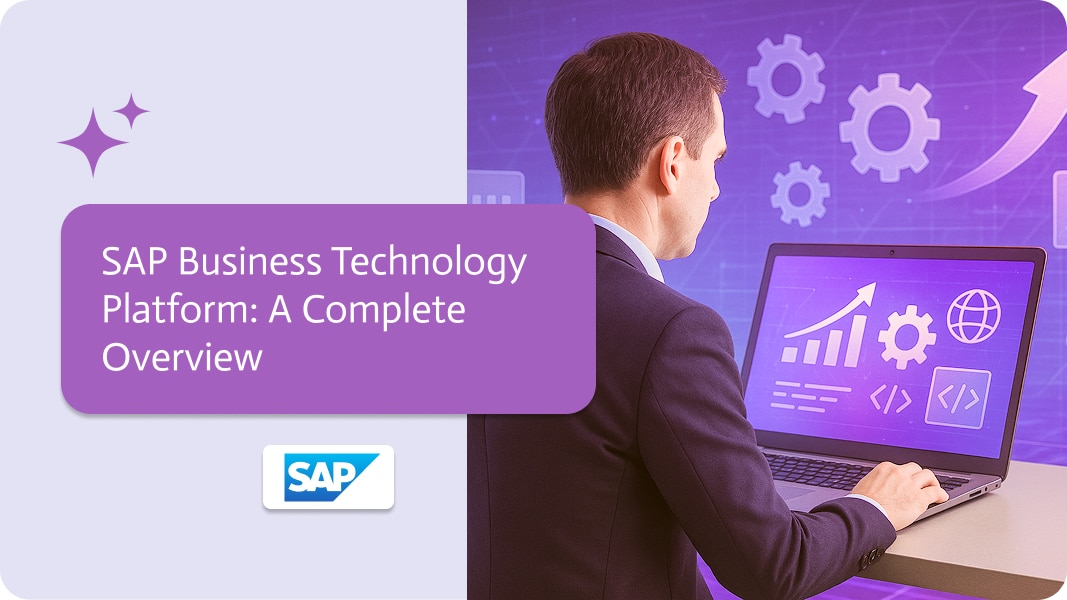
SAP Business Technology Platform: A Complete Overview
In today’s digital-first world, businesses are constantly seeking innovative ways to streamline operations. Improving efficiency and fostering collaboration across systems are essential goals. The SAP Business Technology Platform (BTP) Integration Suite is a leading solution for SAP Integration that helps organizations achieve these objectives. This comprehensive guide will explore the suite’s key features, use cases, technical architecture, and best practices.
What is SAP Business Technology Platform (BTP) Integration Suite?
The SAP BTP Integration Suite is a cloud-based solution designed to connect various applications, systems, and processes. It supports multiple integration scenarios, including cloud-to-cloud, on-premise, and hybrid environments. By using established standards and message definitions, the suite helps businesses streamline operations and improve data accuracy. As a result, organizations can drive innovation and achieve operational excellence.
Key Components of the SAP BTP Integration Suite
Here are some powerful tools and services form the backbone of SAP BTP Integration Suite. These components work together to offer a seamless integration experience:
- Mapping Artifacts Generator (MAG): The MAG allows users to create detailed mapping specifications easily. Its intuitive interface lets users visualize source and target structures, simulate mappings, and generate comprehensive documentation. This simplifies the mapping process for both technical and business users.
- Integration Advisor: By leveraging artificial intelligence, the Integration Advisor significantly reduces the effort required for integrations. It offers smart recommendations for relevant fields and generates runtime artifacts, schemas, and scripts. This automation enables quicker and more accurate integrations.
- Cloud Integration Reporting Dashboard: The reporting dashboard provides real-time insights into the performance of integration artifacts. It offers multiple views, including Deployed Artifact and Service Endpoints. This gives users a detailed understanding of their integration status, helping them address issues promptly.
- Edge Lifecycle Management (ELM): ELM manages the lifecycle of edge integration solutions. It supports deployment on Kubernetes clusters, handles upgrades, and ensures secure communication between cloud and edge environments. This makes managing hybrid environments efficient and secure.
- Exception Monitoring: SAP BTP Integration Suite provides tools for monitoring and resolving integration issues. Exception monitoring visualizes integration-related errors and helps businesses resolve them quickly. This ensures smooth operations and reduces downtime.
How SAP BTP Integration Suite Solves Real Business Challenges
SAP BTP Integration Suite can be applied to various business scenarios. Its versatility allows organizations to address key challenges and improve operational efficiency.
1. Customer Data Enrichment
One popular use case involves enriching customer data with additional customer information, such as usage and billing volumes from external non-SAP system. Using a content enricher pattern, businesses can generate invoices based on external customer data. This process improves data accuracy and enhances overall invoice management, reducing human errors and disputes. What could be worse than getting an incorrect invoice, right?
2. Automated Email Processing
The suite also helps automate email processing. By integrating services like mailbox polling and document information extraction, businesses can automatically process orders received via email in PDF format and send them automatically to SAP. This reduces manual work and ensures compliance with internal governance standards, better delivery time and customer satisfaction.
3. Inventory and Warehouse Management
A manufacturing company can use SAP BTP Integration Suite to improve its goods receipt and quality inspection processes. Features like barcode scanning and support for batch-managed materials improve operational efficiency. You can elevate your stock count / warehouse automation through connection of non-SAP systems such as Körber, Luminate, Oracle Warehouse Management and Tecsys directly with your SAP data.
4. Optimizing On-Prem Resources Usage
Businesses can optimize their SAP instance performance by outsourcing and scheduling system-intensive processes during off-peak hours. This reduces operational costs and enables organizations to handle large data volumes more effectively.
Technical Architecture of SAP BTP Integration Suite
SAP BTP Integration Suite supports a range of architectural styles. This flexibility makes it suitable for modern enterprises that need scalable and adaptable solutions.
Microservices Architecture
The suite employs a microservices architecture, breaking down large applications into smaller, independent services. Each service can be developed and managed separately, allowing for greater scalability and quicker updates. This modular approach also enhances fault tolerance. If one service fails, it doesn’t affect the others.
Event-Driven Architecture
SAP BTP Integration Suite supports event-driven architecture (EDA). This allows businesses to react in real-time to important events, such as customer orders or inventory changes. EDA improves responsiveness and encourages innovation, making operations more dynamic.
Hybrid Cloud Deployment
The suite also supports hybrid cloud deployments. Businesses can combine public and private cloud environments to meet their unique operational and regulatory needs. This ensures that sensitive data remains secure, while benefiting from the scalability of the cloud.
Integration Best Practices
To maximize the benefits of SAP BTP Integration Suite, organizations should follow best practices in design and implementation. SAP’s Integration Solution Advisory Methodology (ISA-M) provides a helpful framework for success.
- Design Principles: Clear design principles, such as using standard naming conventions and reusable artifacts, simplify the integration process. This makes it easier to maintain and scale integration solutions.
- Lifecycle Management: Managing the lifecycle of integrations, including regular updates and monitoring, ensures that integrations remain efficient over time.
- Back-End Configuration: Setting up proper communication arrangements between back-end systems guarantees smooth data flow and reliable integration processes.
Case Studies Highlighting SAP BTP Integration Suite
1. Procurement Optimization with SAP Ariba
By integrating SAP Ariba through BTP ecosystem, businesses can streamline procurement. This allows for greater visibility into purchasing processes, leading to better decision-making and cost savings.
2. Enhancing Employee Experience with SAP SuccessFactors
SAP SuccessFactors can be integrated through SAP BTP Integration Suite to improve recruitment and talent acquisition processes. Real-time insights into candidate experiences help businesses optimize their hiring strategies and create a more engaging recruitment experience, and data can be updated directly in your SAP HR module in real-time.
3. Expense Management with SAP Concur
Integrating SAP Concur allows organizations to monitor travel-related data and report travel expenses to your General Ledger. Businesses can use real-time data to provide employees tools to travel easily and more effectively.
Addressing Security in SAP BTP Integration Suite
Security is a top priority for businesses adopting cloud-based integration platforms. SAP BTP Integration Suite offers several features to ensure data remains secure throughout its lifecycle.
Data Encryption and Protection
SAP BTP uses advanced encryption techniques to protect data, both in transit and at rest. These encryption protocols comply with industry standards such as GDPR and HIPAA, ensuring sensitive data is secure.
User Access Control
The platform employs strict access controls to prevent unauthorized access. Role-based access control (RBAC) limits access based on user roles, further enhancing security.
Monitoring and Logging
SAP BTP Integration Suite offers real-time monitoring and logging capabilities. This helps businesses track data access and quickly identify potential security breaches, ensuring swift responses to any threats.
The Future of SAP BTP Integration Suite
As digital transformation accelerates, Noca AI is addressing two major challenges that businesses face with platforms like SAP BTP: high costs and long time-to-market due to complex development requirements. With SAP BTP, enterprises often encounter high total cost of ownership, driven by the need for specialized expertise, custom coding, and ongoing maintenance. Noca AI, however, solves this problem by offering an AI-first and NLP-first platform that dramatically reduces costs. Through no-code tools, Noca AI enables business users to easily build and manage integrations without relying on expensive SAP experts or consultants. This cost-effective approach empowers companies to focus on innovation without the financial burden of complex development.
Additionally, SAP BTP projects are known for their long implementation timelines, as they often require extensive coding and niche technical knowledge. Noca AI addresses this by eliminating much of the manual effort involved in integration processes. With its natural language processing interface and intelligent automation suggestions, Noca AI allows users to create workflows in plain language, drastically cutting down the time needed to set up and deploy integrations. This enables organizations to go to market faster, reducing months of development time to just days or weeks. By solving both cost and time-to-market challenges, Noca AI offers a powerful alternative to traditional platforms like SAP BTP, driving digital transformation with greater efficiency and speed.
Conclusion
The SAP Business Technology Platform (BTP) Integration Suite is a powerful solution for businesses looking to streamline their operations, improve efficiency, and drive innovation. Its comprehensive features, robust security measures, and flexible deployment options make it an ideal integration platform for modern enterprises. Whether it’s enriching invoice data, automating order processing, or optimizing procurement, SAP BTP Integration Suite delivers measurable value across a variety of use cases.
By adopting best practices and leveraging the suite’s advanced capabilities, organizations can unlock new growth opportunities and stay competitive in the rapidly evolving digital landscape. Platforms like SAP BTP and innovators like Noca AI are leading the charge in defining the future of integration and automation.
